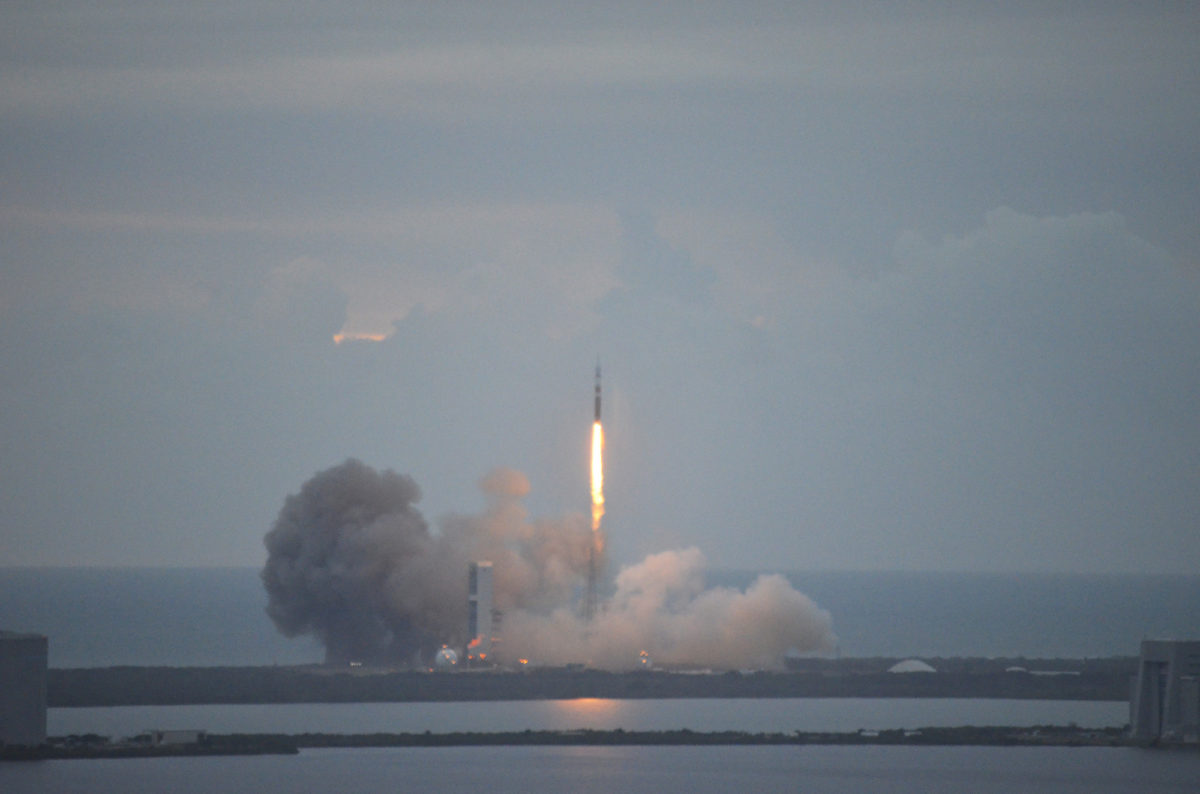Planetary Radio • Dec 09, 2014
Orion Launches Into History
On This Episode

Ellen Stofan
Planetary Geologist and Director of the National Air and Space Museum

Scott Thurston
Vehicle Integration and Launch Operations Manager for NASA Kennedy Space Center
NASA’s Orion spacecraft has taken its first step toward Mars and an asteroid mission. The Planetary Society’s Jason Davis was at the Kennedy Space Center for the December 5 mission. Bill Nye believes Orion will bring far-reaching benefits. Emily Lakdawalla has your guide to New Horizons, awake now for its climactic run at Pluto, and Bruce Betts phones home from Arizona State University, where he helped begin planning for the 2020 Mars rover’s main cameras.

Related Links:
- Jason Davis’ Orion Mission Coverage
- Merc Boyan’s Beautiful Orion Launch Video
- The New Horizons Science Mission to Pluto-Charon
- December 6 New Horizons Wake-up Webcast
- Ceres is Round!
This week's prize is a 200 point account with iTelescope.net, valued at $200 US, for astronomical observation from instruments throughout the world.
This week's question:
What US Navy ship recovered the Orion capsule?
To submit your answer:
Complete the contest entry form at http://planetary.org/radiocontest or write to us at [email protected] no later than Tuesday, December 16, at 8am Pacific Time. Be sure to include your name and mailing address.
Last week's question:
What relatively bright star in our sky is Pioneer 10 headed for, and will reach the vicinity of in about 2 million years?
Answer:
The answer will be revealed next week.
Question from the week before:
What are the TWO active region numbers assigned to the giant sunspot that was visible during the most recent partial solar eclipse. The second number was assigned when the region reappeared as the Sun rotated.
Answer:
That big October sunspot was designated AR2192, and re-designated AR2209 when it went around for a second time.


 Explore Worlds
Explore Worlds Find Life
Find Life Defend Earth
Defend Earth



